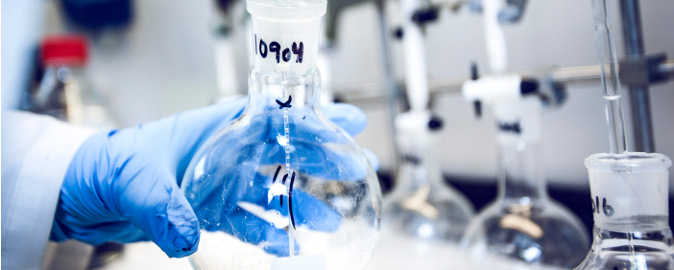| Danish name | Miljøkemi og toksikologi |
| Abbreviated name | MITO |
| Head of section | Pia Lassen |
| Section employees | See list |
| Physical location | AU Roskilde |
| Research keywords | Environmental chemistry, toxicology, human exposure, envirochemical risk assessment, passive sampling/dosage techniques, metabolomics, identification of oil pollution, NEXT, NOVANA, AMAP |

The presence of potentially harmful chemicals in the environment is a great concern of the general public, in particularly contamination of resources (water, air, soil, food) as well as contact to chemicals through products (personal care products, building materials, paints and other consumer products). The research and advisory work in MITO aims to fill gaps in knowledge of, e.g. exposure sources, exposure levels, transformation routes, the exposure-effect coupling and effective ways to reduce the risk caused by chemicals.
The focus of the section is environmental chemistry and toxicity in respect to organic contaminants - where feasible in a risk assessment context. The main vision is to obtain a better understanding of the fate of organic contaminants in the environment, the risk as well as risk management and remediation to control the contaminants in technical systems (water purification, soil remediation). The research is based on experimental work in terms of measurements and specific process studies, and is accompanied by modelling of toxicity, as well as the optimization of technical and biological processes in order to reduce exposure to the environment. All of these aspects also include human exposure to chemicals and associated risks.
The research further includes environmental risk assessment of different organic contaminants (e.g. drug residues, pesticides, PCBs, flame retardants, fluorinated compounds, dioxins, PAHs, personal care products, plasticizers, chemical warfare agents and their degradation products) in the environment. The research focuses on sources, transport, distribution, bioaccumulation and transformations of organic contaminants in various environmental and human matrices. The work includes identification of new potentially problematic organic contaminants, as well as development and application of state-of-the-art chemical analytical methods with high sensitivity for detection of contaminants in environmental samples and samples from consumer products, plants, animals and humans. The work includes both environmental risk assessments and risk assessments of public health.